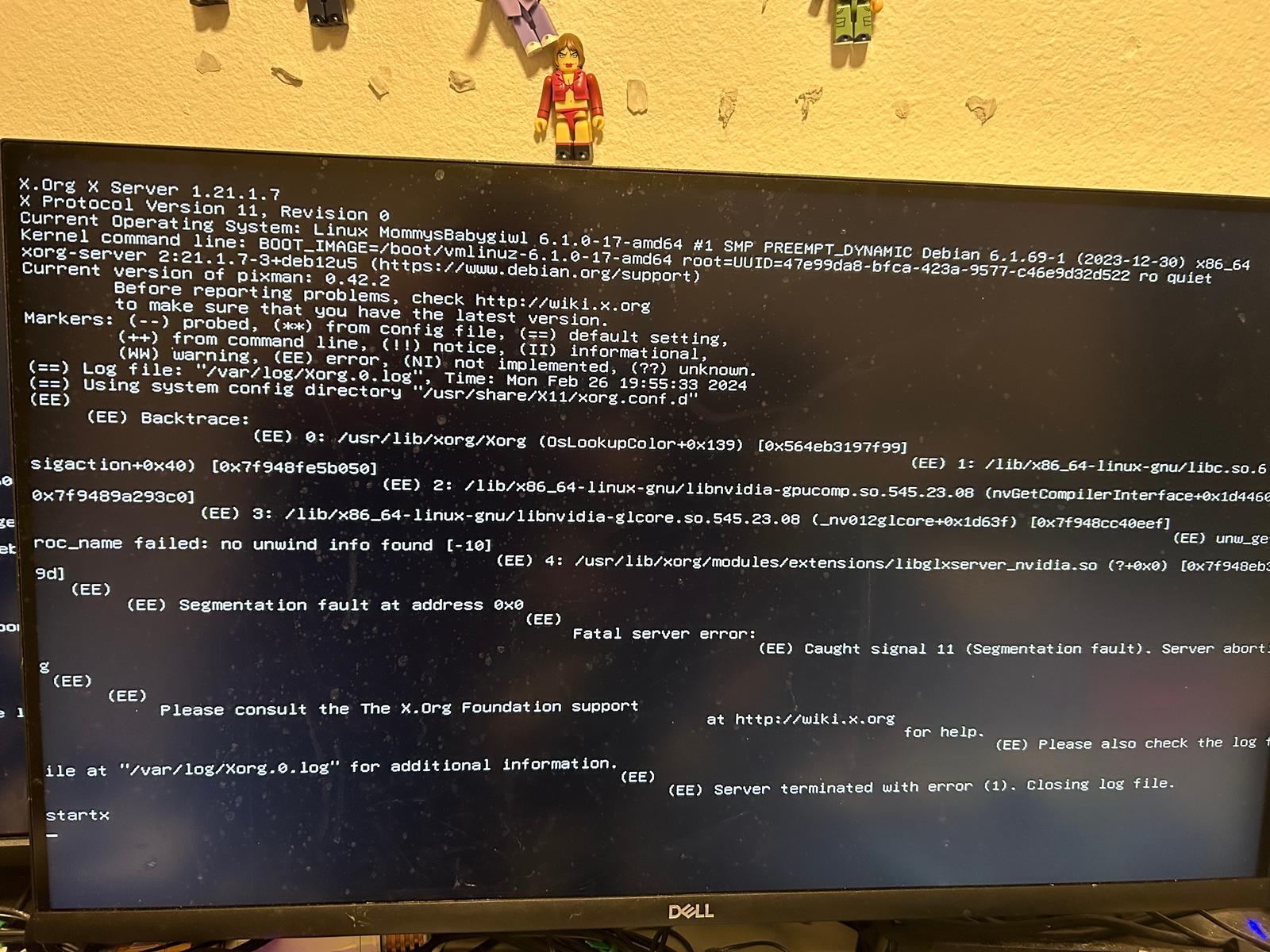this post was submitted on 27 Feb 2024
95 points (90.6% liked)
Linux
48245 readers
586 users here now
From Wikipedia, the free encyclopedia
Linux is a family of open source Unix-like operating systems based on the Linux kernel, an operating system kernel first released on September 17, 1991 by Linus Torvalds. Linux is typically packaged in a Linux distribution (or distro for short).
Distributions include the Linux kernel and supporting system software and libraries, many of which are provided by the GNU Project. Many Linux distributions use the word "Linux" in their name, but the Free Software Foundation uses the name GNU/Linux to emphasize the importance of GNU software, causing some controversy.
Rules
- Posts must be relevant to operating systems running the Linux kernel. GNU/Linux or otherwise.
- No misinformation
- No NSFW content
- No hate speech, bigotry, etc
Related Communities
Community icon by Alpár-Etele Méder, licensed under CC BY 3.0
founded 5 years ago
MODERATORS
you are viewing a single comment's thread
view the rest of the comments
view the rest of the comments

If you can boot into terminal session, e.g. by pressing Ctrl + Alt + F2, you can try:
If sudo apt -f install doesn't work properly, you can create an apt-cache folder on, e.g. your home partition, assuming this is the one with sufficient amounts of free storage.
In the fstab you specify where this directory shall be mounted:
Now you copy the files in place and mount the partition:
Nou you should be able to run the fix-installation and update commands without the errors:
I booted into i3!
This means good news?
Yes so what now
Do you have sufficient disk space now? Or did the mounting procedure work? Did sudo apt -f install work?
Mounting and sudo apt -f install worked. So does stuff install in /home/apt-cache now? I do want to combine / and /home
My recommendation would be to copy your entire home directory with rsync -a onto another (external) drive, as you anyway don't want to modify your partitions without having a backup. Then boot into a live distribution and open a partition editor, delete the home partition (the data on it will be lost), expand the root partition (/) onto the entire disk. Finally copy the backup back into the home folder using rsync -a
Ok. Does rync -a copy hardlinks
No, only softlinks. See it's man page. AfaIk, rsync -a is usually used for backup.
-H can tho